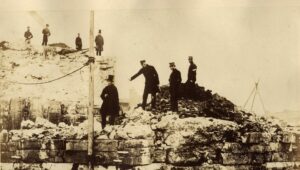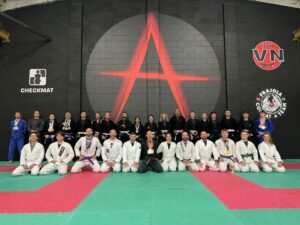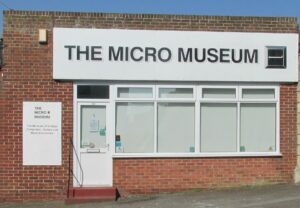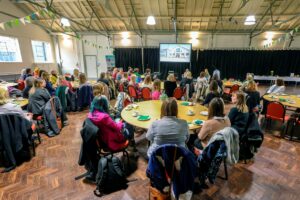- 01843 834160
- [email protected]
- Mon - Fri: 9:00 - 17:00
The role of Hawkinge during the Second World War
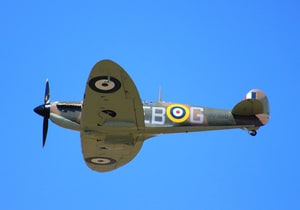
Hawkinge was a key front-line fighter station during the Battle of Britain and Operation Diver in 1944 against V1 flying bombs. The airfield began life as a private venture in 1912 but was soon adopted as a base for the RFC (Royal Flying Corps) later the RAF. It was abandoned for a short period after the war
but was reactivated in 1920 and later expanded during the 1930s.
After WW2 it was again run down, becoming a glider school for the Air Training Corps and a Technical Training School for the WAAF. The airfield was finally abandoned in 1961. In 1968 it was used for the filming of the motion picture “The Battle of Britain” starring Sir Michael Caine. Since then, part of the site has been used for the Kent Museum of the Battle of Britain, and more recently a large housing development has encroached on the site involving the gradual reduction of the grass field and the destruction of some buildings. 1.5 km to the north was the dispersed site for the station in Reinden Wood. The airfield began life as a private venture in 1912 by a Dutchman W. B. Megone, but was soon adopted as a base for the RFC (Royal Flying Corps) later the RAF, in 1915. Initial tents and canvas hangar gave way to more permanent sheds and huts built in 1916. Due to the unreliability of early compasses two crosses were cut in the turf so that when lined up they pointed to the French aerodrome of St Omer.
It was abandoned for a short period after the war but not before it was used for an air parcel service to Ghent after the Belgian government had requested help in alleviating shortages of food and clothing.
It was reactivated in 1920 when No 25 Squadron was reformed, the only fighter squadron in the country at the time, and based at Hawkinge for most of the following years until 1938. In 1931 the site was expanded with two new barracks blocks, a NAAFI, Officers Mess, Sergeants Mess and Airmen’s Dining Hall constructed along with married quarters. On the outbreak of war, the buildings were re-camouflaged (initially begun in 1938) and hedges painted over the field. The first air raid on Hawkinge took place on 12th August 1940 when the airfield was attacked by 15 Ju 88’s. During the war the air field was used as a forward fighter station, a base for air-sea rescue and Operation Diver. During February 1940 two radio specialists were based at Hawkinge as part of the Y Service intercepting enemy radio transmissions but moved away from the airfield after the fall of France in June. In September 1940 a decoy Q-site for Hawkinge (night-time lights mimicking an airfield) were constructed at Wootton although the location is not known.
You are able to keep up to date with our articles, news and publications by following us on our social media channels below:




